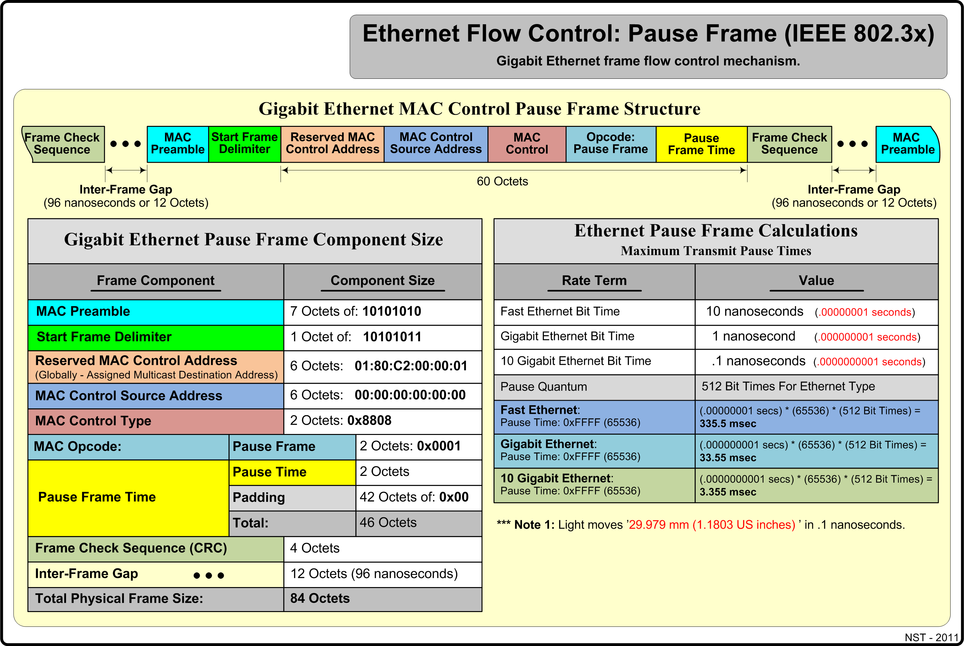Understanding Flow Control
Flow control supports lossless transmission by regulating traffic flows to avoid dropping frames during periods of congestion. Flow control stops and resumes the transmission of network traffic between two connected peer nodes on a full-duplex Ethernet physical link. Controlling the flow by pausing and restarting it prevents buffers on the nodes from overflowing and dropping frames. You configure flow control on a per-interface basis.
By default, all forms of flow control are enabled. You must explicitly enable flow control on interfaces to pause traffic.
IEEE 802.3X Ethernet PAUSE
Ethernet PAUSE is a congestion relief feature that works by providing link-level flow control for all traffic on a full-duplex Ethernet link. Ethernet PAUSE works in both directions on the link. In one direction, an interface generates and sends Ethernet PAUSE messages to stop the connected peer from sending more traffic. In the other direction, the interface responds to Ethernet PAUSE messages it receives from the connected peer to stop sending traffic. Ethernet PAUSE also works on aggregated Ethernet interfaces. For example, if the connected peer interfaces are called Node A and Node B:
- When the receive buffers on interface Node A reach a certain level of fullness, the interface generates and sends an Ethernet PAUSE message to the connected peer (interface Node B) to tell the peer to stop sending frames. The Node B buffers store frames until the time period specified in the Ethernet PAUSE frame elapses; then Node B resumes sending frames to Node A.
- When interface Node A receives an Ethernet PAUSE message from interface Node B, interface Node A stops transmitting frames until the time period specified in the Ethernet PAUSE frame elapses; then Node A resumes transmission. (The Node A transmit buffers store frames until Node A resumes sending frames to Node B.)In this scenario, if Node B sends an Ethernet PAUSE frame with a time value of 0 to Node A, the 0 time value indicates to Node A that it can resume transmission. This happens when the Node B buffer empties to below a certain threshold and the buffer can once again accept traffic.

No comments:
Post a Comment